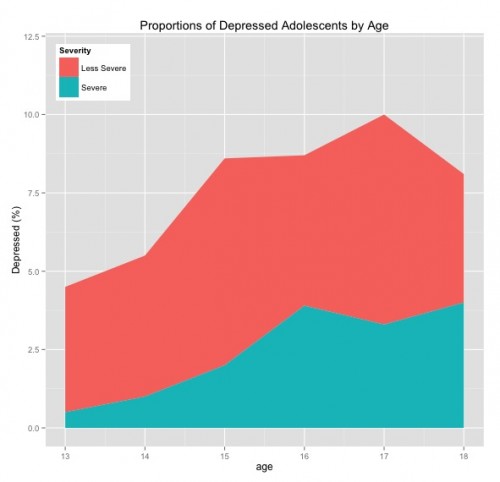In my junior year at boarding school, I went for weeks wearing nothing but black, had a brief but intense involvement with methedrine, disappointed or enraged everyone who cared about me, and was nearly expelled. Otherwise I had a great time.
What I remember most clearly, though, was an inescapable self-loathing and a desire to punish myself that emanated, it seemed, from the center of each cell of my body. I was, in short, clinically depressed. Depression is the anti-matter to hope. If you have never been depressed, you likely do not recognize how your everyday (healthy) experience is fueled by positive expectations. Depression is the starvation of hope, experienced as pain. Or as William Styron put it:
In depression… faith in deliverance, in ultimate restoration, is absent. The pain is unrelenting, and what makes the condition intolerable is the foreknowledge that no remedy will come- not in a day, an hour, a month, or a minute. If there is mild relief, one knows that it is only temporary; more pain will follow. It is hopelessness even more than pain that crushes the soul.
Depression is one of the major health problems of adolescence. It’s important, therefore, to get some precision on how large this problem is. Shelli Avenevoli, Joel Swendsen, Jian-Ping He, Marcy Burstein, and Kathleen Merikangas provide data in the Journal of the American Academy of Child and Adolescent Psychiatry. They studied a sample of over ten thousand adolescents aged 13 to 18 years using the Composite International Diagnostic Interview, a widely respected mental health epidemiological survey instrument.
Lifetime and 12-month prevalence of MDD were 11.0% and 7.5%, respectively. The corresponding rates of severe MDD were 3.0% and 2.3%. The prevalence of MDD increased significantly across adolescence, with markedly greater increases among females than among males. Most cases of MDD were associated with psychiatric comorbidity and severe role impairment, and a substantial minority reported suicidality.
Depression is more common among girls (10.7% of adolescents) than boys (4.6%). The prevalence of depression increases with age during adolescence and appears to hit a peak in the later teens.

Depressed kids are substantially more likely than non-depressed kids to have other mental health problems, including substance use disorders. Among severely depressed kids, 21% will have had a suicide attempt in the past year. Adolescent depression is not always a precursor to adult depression, but many adults with depression had their first experience in adolescence.
These data do not tell us whether the rates of depression among adolescents are changing and I discourage talk about an epidemic. Similarly, you should not attribute the prevalence of adolescent depression to any recent cause, such as cyberbullying. Adolescent depression is worldwide and the risks are built into the physiology of puberty and the stress of the transition to adulthood.
The key finding from this paper is simply that significant numbers of kids are experiencing intense suffering from a serious mental illness. In later posts, I plan to discuss problems in identifying these kids and getting them effective care.

